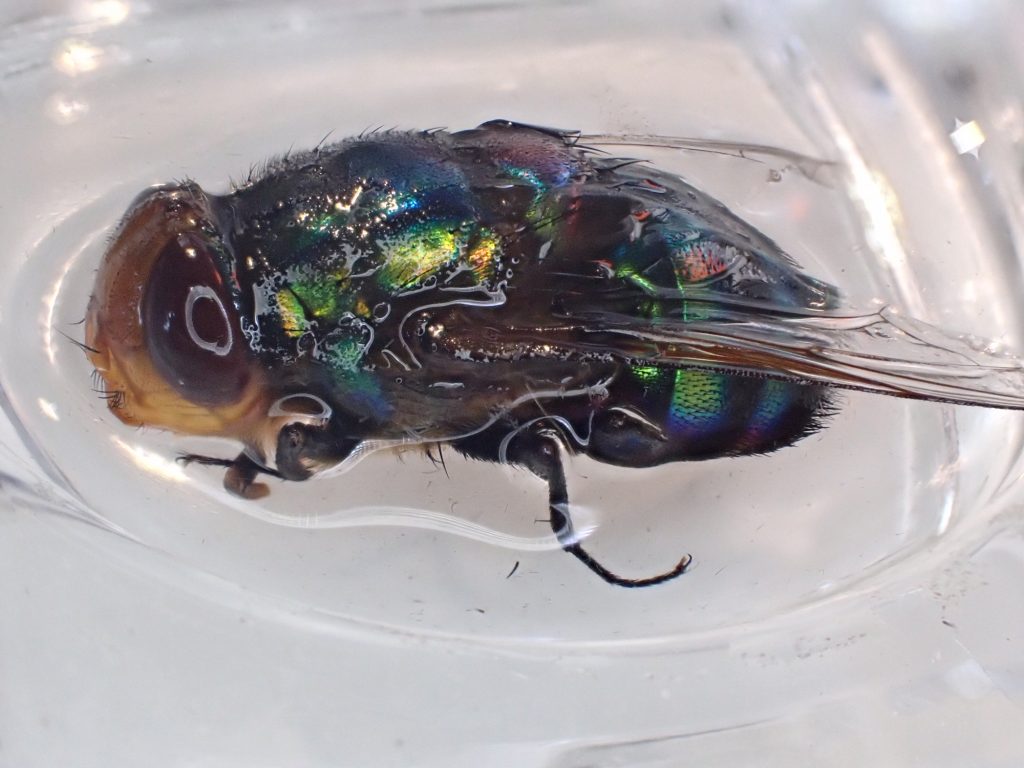Hello again awesome Cowell students! I have just finished sorting the second trap you sent me, and have some exciting news…

You found a microgastrine!!!
It may look like just a boring small wasp, but this is the treasure in the traps I have been looking for – whilst all the specimens you collect will go into the South Australian Museum to be used by future researchers, these little wasps are what I am studying right now.
These wasps are parasitoids of caterpillars, the females (like this one) use the ovipositor to lay their eggs inside caterpillars, and the baby wasps then eat the caterpillar from the inside whilst it’s still alive! The ovipositor is the long thing orange appendage coming out the abdomen of the wasp – the darker thing is the two ovipositor covers, which protect the ovipositor when the wasp isn’t using it.
My work is to find new species of these wasps and give them names, and describe them so that other people can identify and recognise them. I won’t know if this one is a new species until we do some more analyses – I will include this specimen (and any more that you find in future traps) in the study and let you know whether it is a new species or not!
This wasp is in the genus Apanteles or Dolichogenidea
Other cool things in this trap

There were lots of other interesting things in this trap – including a very pretty little wasp in the family Evaniidae (picture above)

There were a few of these little tiny wasps called chalcid wasps – they are in the Superfamily Chalcidoidea, I think the family Chalcididae.

This was a really large fly in the family Tachinidae – perhaps the genus Rutilia – these flies are parasitic (lay their eggs on or in other insects), and have super cool iridescent structural colours.

image from iNaturalist tjeales CC-BY-NC
There was also a new Order of insects in this trap, that wasn’t present in the last sample – a Neuroptera – a lacewing! This one is in the family Hemerobiidae – the brown lacewings. These little insects are predatory, and like to eat other insects like aphids.


A live brown lacewing – image by mattcampbellaus CCBYNC
Hope that everyone is enjoying being back at school after the holidays – and thanks for keeping the trap running!

